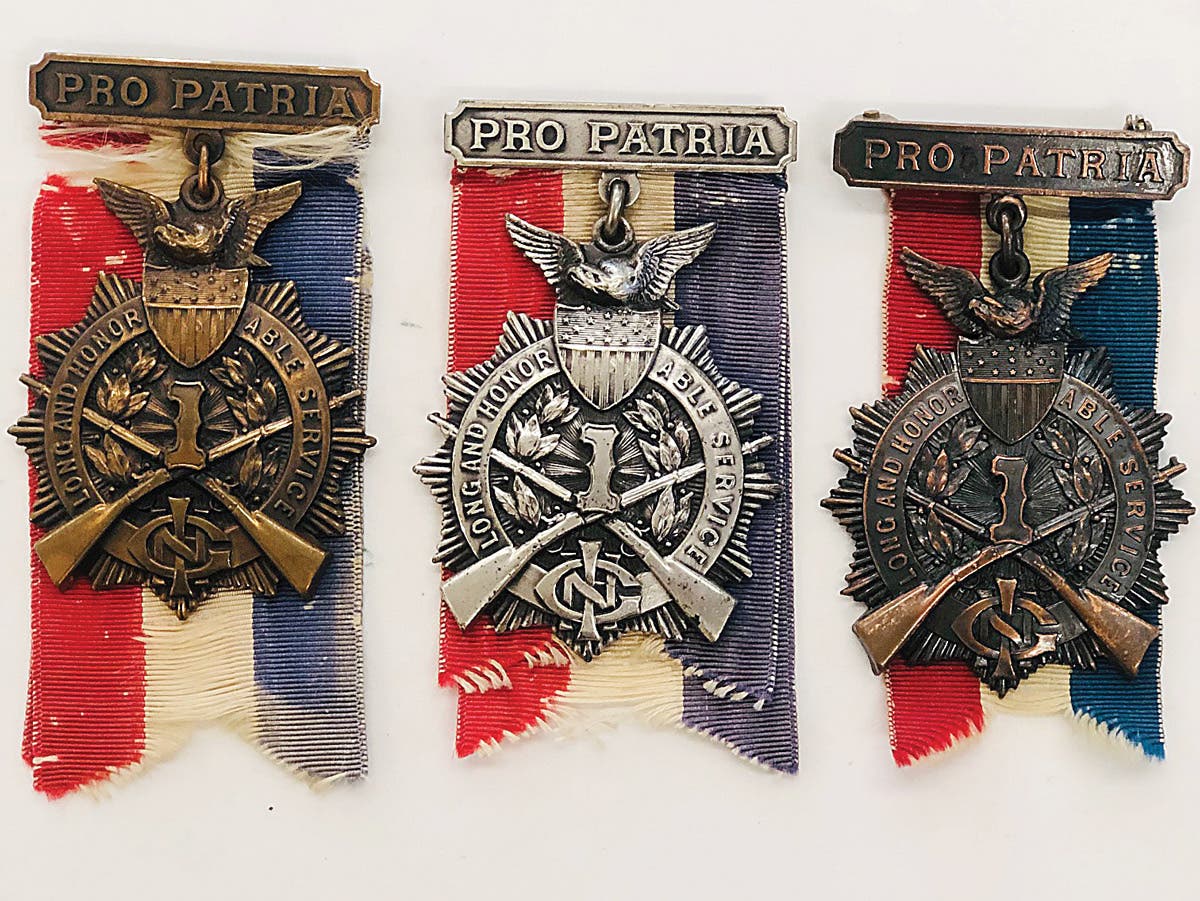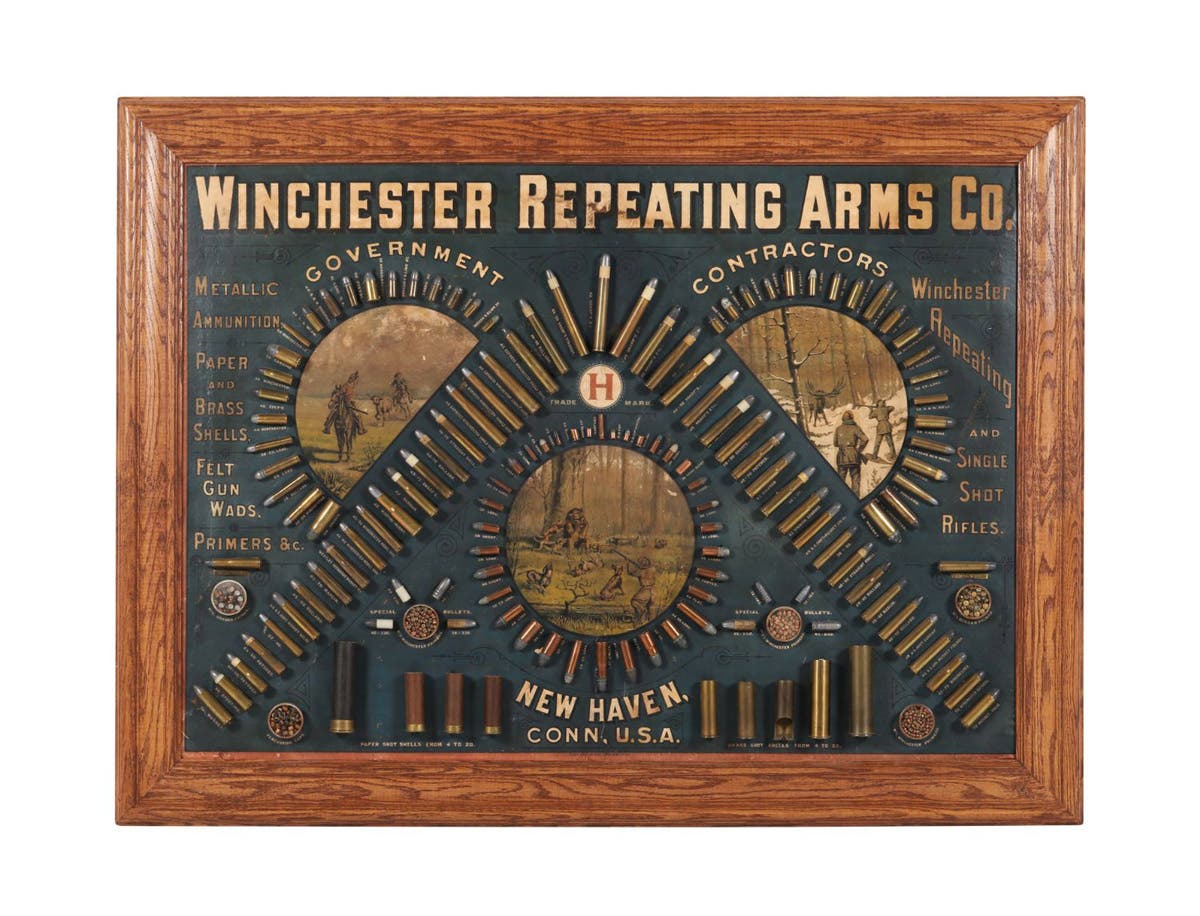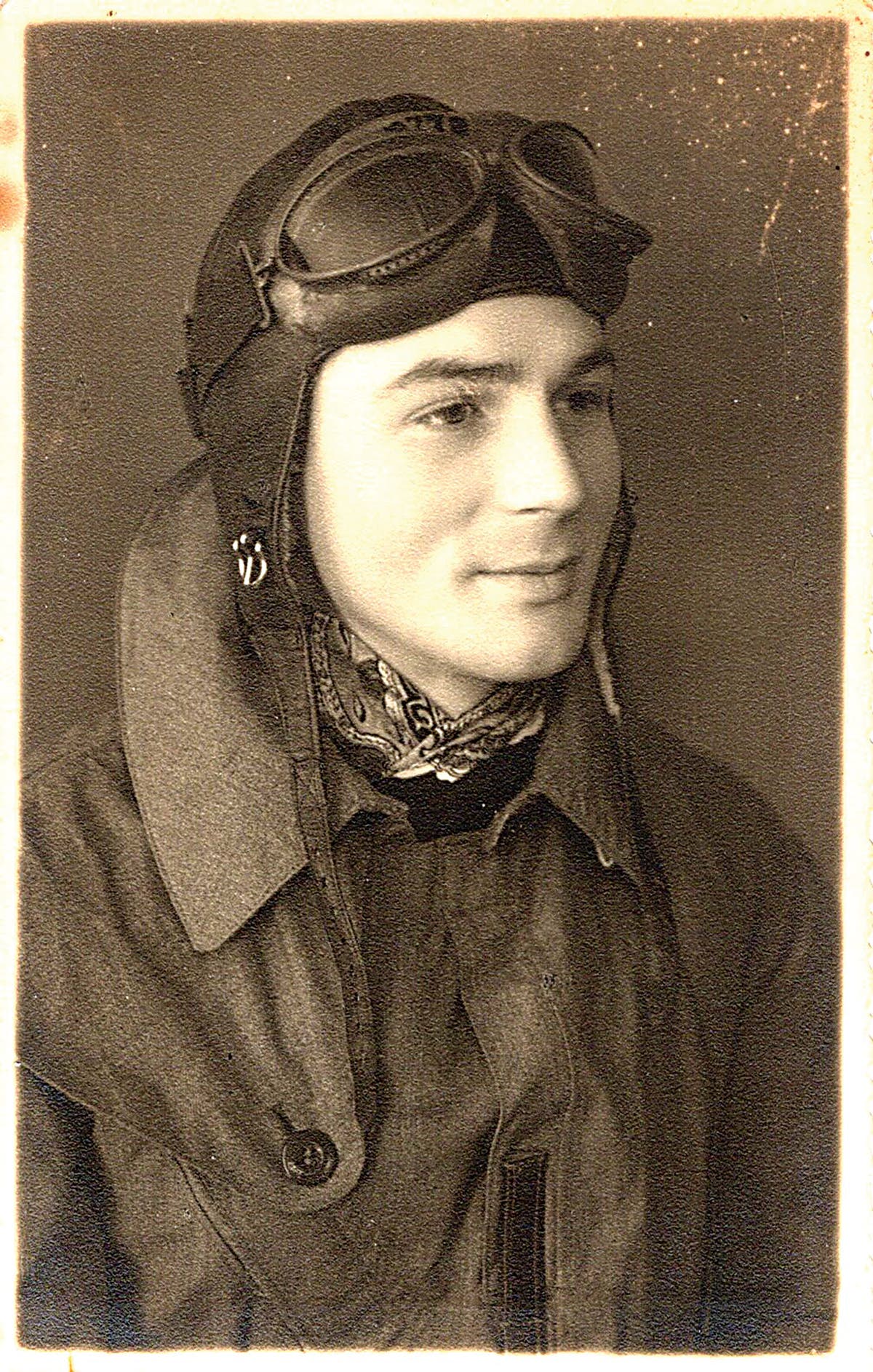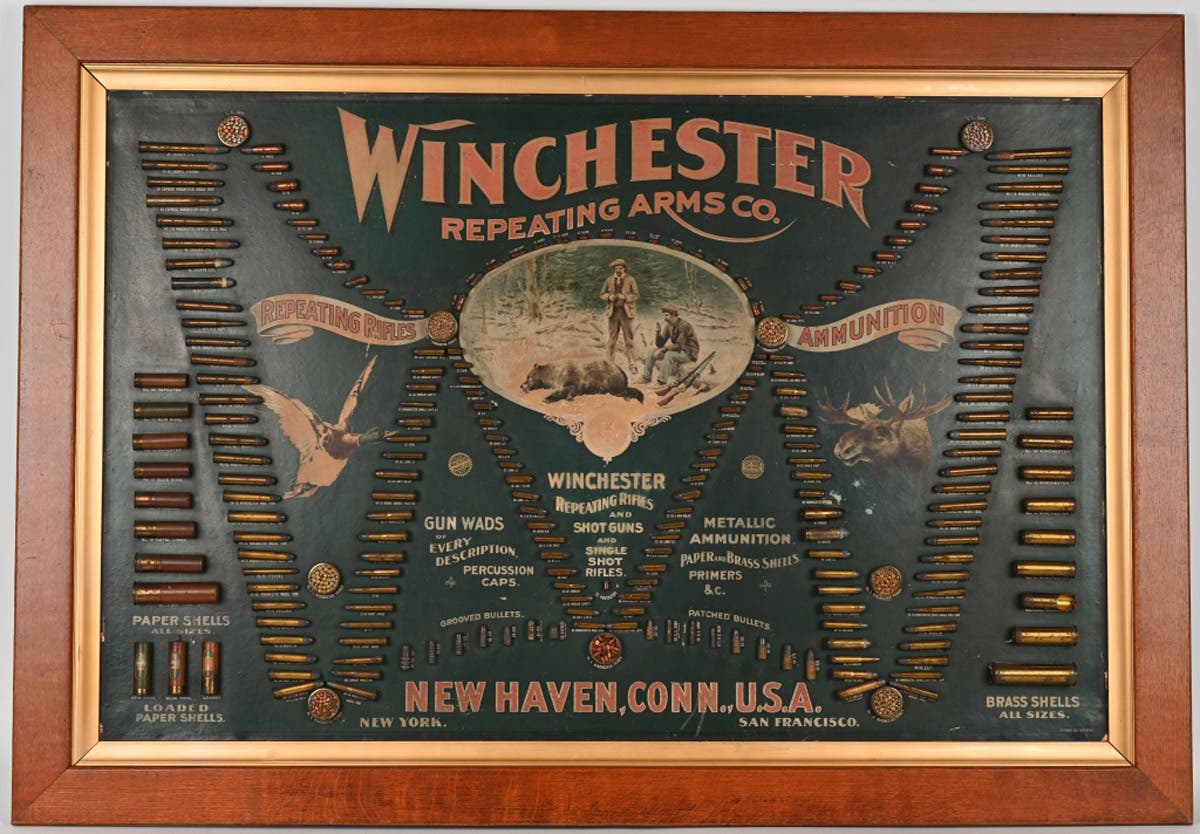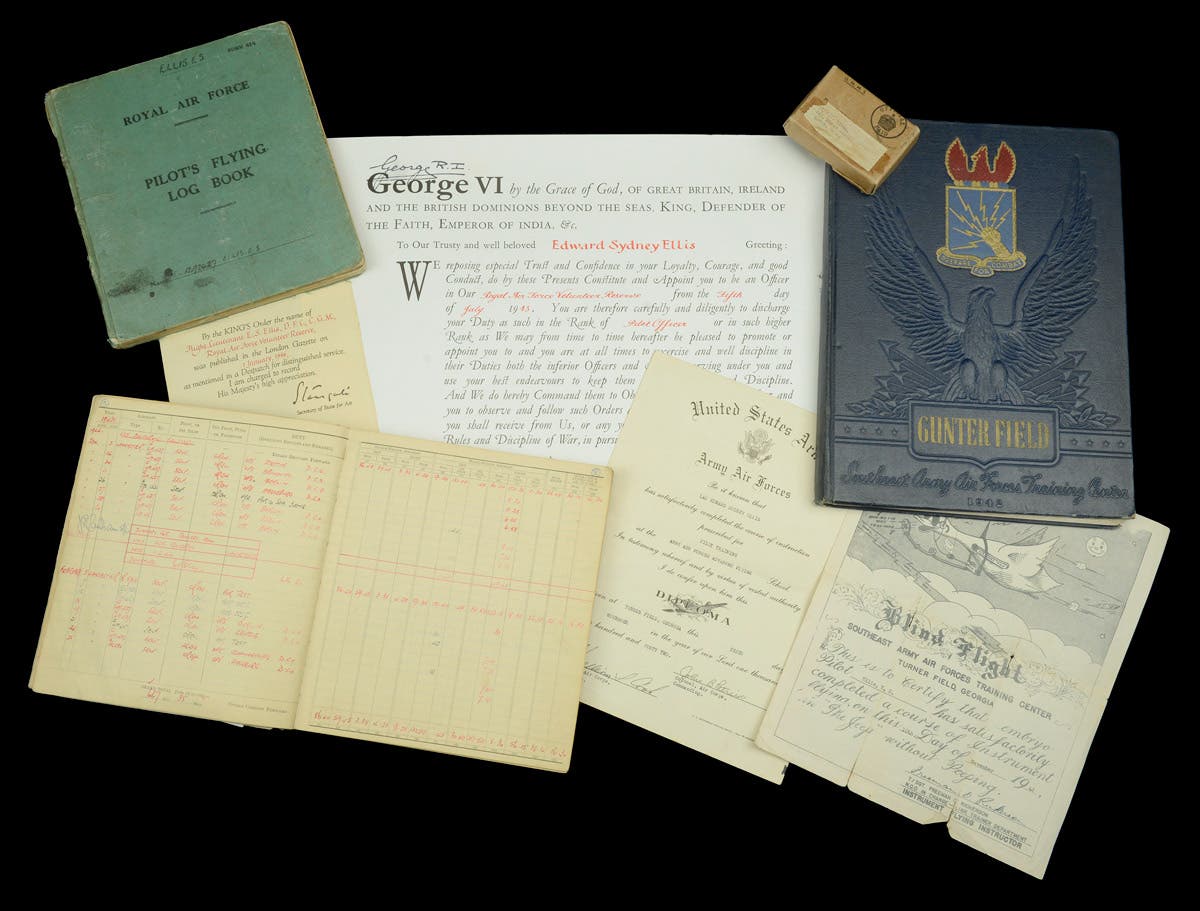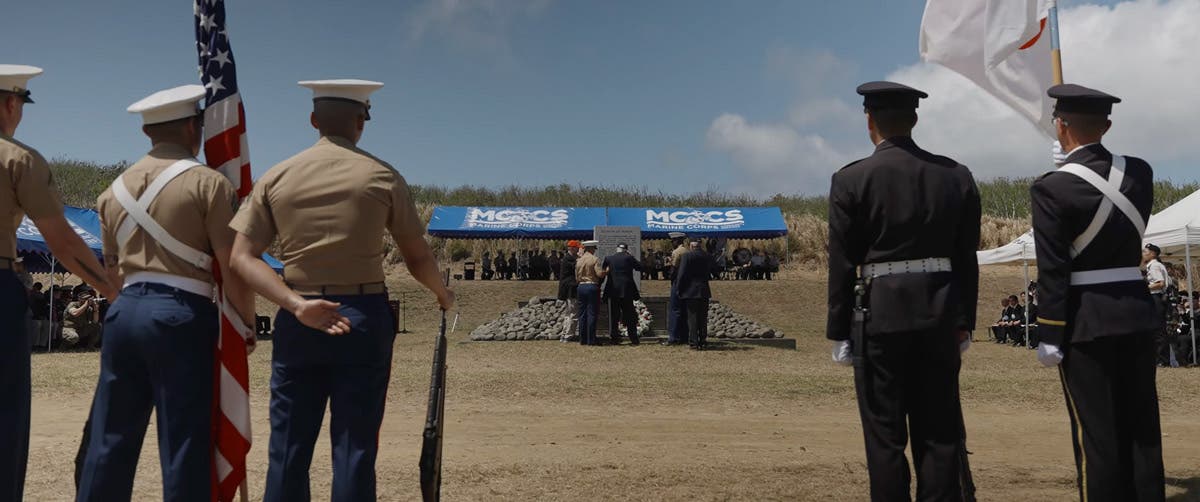Tips and Values of WWII French MAS-36 bolt action rifles
The French MAS-36 was a robust rifle of WW2 regardless of its “never fired; only dropped once” slight.
The MAS-36, the French main battle rifle of the Second World War, has long carried the reputation that it was “never fired; only dropped once.” This slight is based on the fact that the French Army was utterly overrun and defeated by the German Blitzkrieg in May and June of 1940. However, that statement forgets that the MAS Modèle 36 still was used by various Free French forces throughout the world and remained in French service as a training rifle until 1978.
The MAS-36 saw action in many far flung conflicts, including the First Indochina War and the Algerian War (where France did end up on the losing end again). France’s enemies liked the rifle, as captured stocks were used in the Vietnam War and the Cambodian Civil War. In the deserts of North Africa and the jungles of South East Asia, the MAS-36 was more than up to the task.
Ironically, the rifle wasn’t designed with either the desert or jungle in mind. It was actually intended for the war that France had fought and won earlier in the century — the First World War. The French military adopted the MAS-36 in 1936 to replace the Berthier and Lebel models of rifles. Manufacture d’armes de Saint-Étienne (MAS) produced the rifle, designating it “Modèle 36.” It was designed to be chambered for the modern, rimless 7.5x54 French cartridge — a shortened version of the 7.5x57mm model 1924 cartridge.
Despite the fact that the French army succumbed to the German Wehrmacht in the early summer of 1940, it does not take away the fact that the MAS-36 has maintained a reputation as one of the most robust rifles of the era.
First World War Influences
Germany, the Soviet Union, Great Britain, and even the United States essentially entered WWII with rifles that were little more than updates of their respective Great War predecessors, France, on the other hand, actually looked forward. The horrors of the Great War’s trench warfare lingered in the designers’ memories as they worked to address the shortcomings of the earlier Berthier and Lebel service rifles. The most notable design departure was making the MAS-36 much shorter and lighter than the rifles of the previous generation.
To go with the Maginot Line which was costly to build and even more costly to maintain, military planners created a new rifle with a new cartridge to go with it. This somewhat radical approach began in the early 1920s when the French, who were among the first to adopt smokeless rifle ammunition in the form of the 8mm Lebel cartridge in 1886, developed a modern, rimless cartridge for a new light machinegun in the 1920s.
The first result was the 7.5x57mm cartridge, which proved to be unsuccessful. This, however, led to the 1929 7.5x54mm round — the Cartouche Mle.1929C — to be used with the new MAC 1929 light machine gun.
From this the French military explored new designs for a battle rifle and the result was the MAS-36. It was designed with many features for issue to a large, quickly trained army of conscripts — it is very rugged. It was also designed to be shorter than the other rifles of the era.
The French designers apparently liked what they had seen with the British Short Magazine Lee Enfield (SMLE) Mk III. Introduced in 1907, the SMLE Mk III was the main British rifle ayy the outbreak of World War I. At 44-inches, it was considerably shorter than the 52-inch French Lebel Model 1886. In the tight confines of the trenches, the SMLE had a clear advantage. Therefore, the Manufacture d’armes de Saint-Étienne managed to reduce the MAS-36 to just over 40 inches in total length.
As with the SMLE, the MAS-36 featured a short barrel along with locking lugs at the rear of the bolt. This was to minimize the effects of dirty conditions, something that the French had experienced during the fighting in the trenches.
MAS Action
The MAS-36 features an internal five round box magazine. It also features a manually operated, magazine fed, rotating bolt action rifle design. The rotating bolt, which locks into the receiver walls, incorporates two opposing lugs located at the rear of the bolt body. The bolt handle is located at the rear of the bolt and is notable in that it features a bent forward design – with the intention being to provide a more comfortable operation, despite the fact that it looks rather awkward.
This design was reportedly devised to move the handle closer to the shooter’s firing hand, with the goal of a faster and smoother cycling action. The reports from soldiers firing it is that the rifle does have a smooth action, but whether it cycles any faster than other bolt action rifles of the era is certainly open to debate.
The MAS-36 features a rather short barrel of just 22.6 inches. The rear peep diopter sight is comparable to the SMLE, and is marked from 100 to 1,200 meters in 100 meter increments. The planners likely realized that few soldiers were going to be true marksmen with this particular rifle so opted to keep it simple.
The rifle also features a two-piece stock attached to a slab-sided, square-shaped, machined steel receiver that contains the internal magazine. The magazine is loaded utilizing charging clips or single rounds. The clip guides are machined into the receiver bridge.
The French military planners also clearly had conscripts in mind when devising the MAS-36. While it is reportedly not an easy rifle to service in the field, soldiers were only responsible for the basic cleaning. When kept relatively free of dirt, the rifle responds accordingly.
Unique among French rifles of the era, the MAS-36 does not feature any type of safety mechanism. Once a round is in the chamber, there is no safety. The theory was that soldiers behind the line could carry a lighter weapon that was unloaded. When approaching combat, however, he could load the magazine but leave the chamber empty until necessary.
This design supported the French doctrine that called for soldiers to fire as a group at the command of their respective officers rather than firing at will. Thinking at the time suggested that safeties might be a hazard in a battle that could get stuck due to mud and dirt. While this might seem rather dangerous by our modern standards, the conscripts were drilled to avoid negligent discharges. French troops were also taught to cycle the bolt twice and even visually inspect the chamber to guarantee it was empty.
If the rifle did have a round in the chamber, there was a type of safety in which the shooter raised the bolt handle slightly. This practice was widely discouraged, however.
Another unique characteristic of the MAS-36 is that French military planners saw that a socket bayonet would be an improvement over the traditional sword-style bayonet. They may have been considering that sword bayonets were more expensive to produce and were typically not used.
The MAS-36 solved the latter problem and ensured that soldiers also had the bayonet as long as they had the rifle. It was positioned in a tube directly below the barrel in a reversed position when not in use. When needed, it could be pulled out and reattached in the same tube. This eliminated the need for French soldiers to have a scabbard. At 17 inches, the spike bayonet would make a point, if needed!
World War II and Beyond
Due to budget constraints (the French had that Maginot Line to pay for), MAS-36 production had been limited. At the outbreak of war, many colonial units and even some units in France were still equipped with the Lebel rifles.
The Vichy French and Free French forces both used the MAS-36 throughout WWII. It is likely to have been one of the rare instances in which both sides utilized the same issue rifle in combat.
Because the MAS-36 was often reserved for front line troops, the Germans captured many of them which were put back into service in the hands of garrison troops and later, those of the German Volkssturm (People’s Army) as the Gewehr 242(f).
After the war, the MAS-36 remained in production until at least 1952. It saw service throughout the French colonies and was used as a training rifle until the late 1970s, before being replaced by the semi-automatic MAS 49 and MAS 49/56 rifles.
While the basic MAS-36 was the most common version, the French military had designed a notable variation in the form of the MAS-36 CR 39. This variant was designed specifically with paratroopers in mind. The most obvious difference from the original version was that the MAS-36 CR 39 featured an aluminum buttstock that could be folded down and under the forend of the rifle.
In addition, the MAS-36 was converted to the MAS-36/51 beginning in 1951. The MAS-36/51 featured a permanently attached grenade launcher and rifle grenade sights. The launcher was attached to the muzzle of the gun, while the folding grenade sights were attached to the left side of the front sight base. It launched rifle grenades by utilizing special blank ammunition.
A marksman-designated model was designed and used at the time of the Suez Crisis in 1957. This model, the FR-G2, featured a telescopic sight and a match-grade barrel with harmonic compensator. The FR-G2 was reportedly produced in extremely limited numbers.
As the rifle was removed from service in 1978, some models were converted to 7.62x51mm NATO from 7.5x54mm and imported into the United States. These rifles featured an SKS-type trigger, likely to make these more attractive to the sport shooting crowd.
Finally, the MAS-36 served as the basic platform for the FR F-1 and FR F-2 sniper rifles, the latter of which is still in service with French Armed Forces. The FR F-1 utilized the same bolt design as the original MAS-36.
If there is one significant problem with the MAS-36, it is that the 7.5x54mm ammo can be hard to purchase. It is a fine looking gun that probably was ahead of its time, and yet, it remains an example of why the French Army was defeated so soundly and rapidly back in June 1940.
You may also enjoy
*As an Amazon Associate, Military Trader / Military Vehicles earns from qualifying purchases.
Peter Suciu is a freelance journalist and when he isn't writing about militaria you can find him covering topics such as cybersecurity, social media and streaming TV services for Forbes, TechNewsWorld and ClearanceJobs. He is the author of several books on military hats and helmets including the 2019 title, A Gallery of Military Headdress. Email him and he'd happily sell you a copy!



